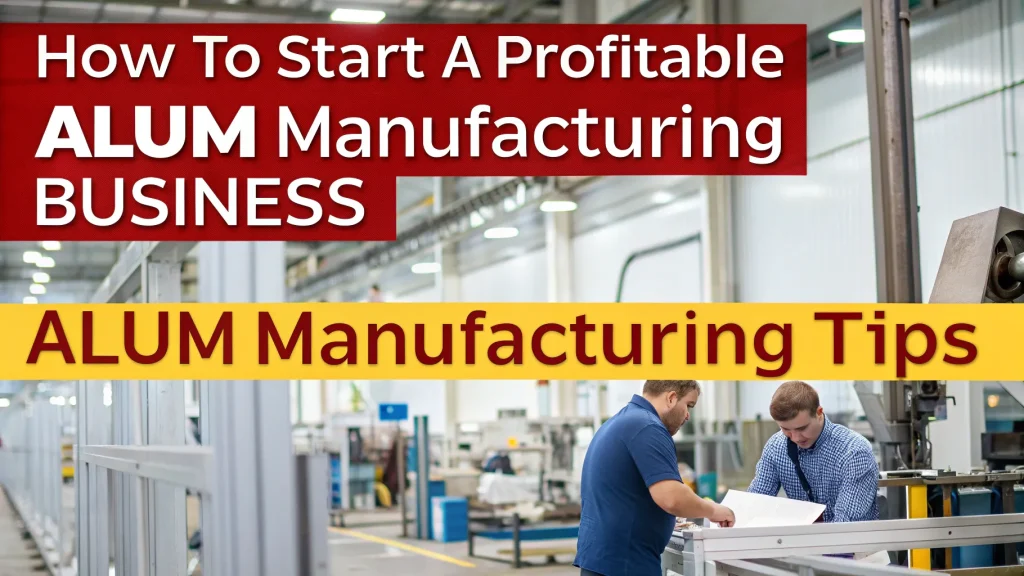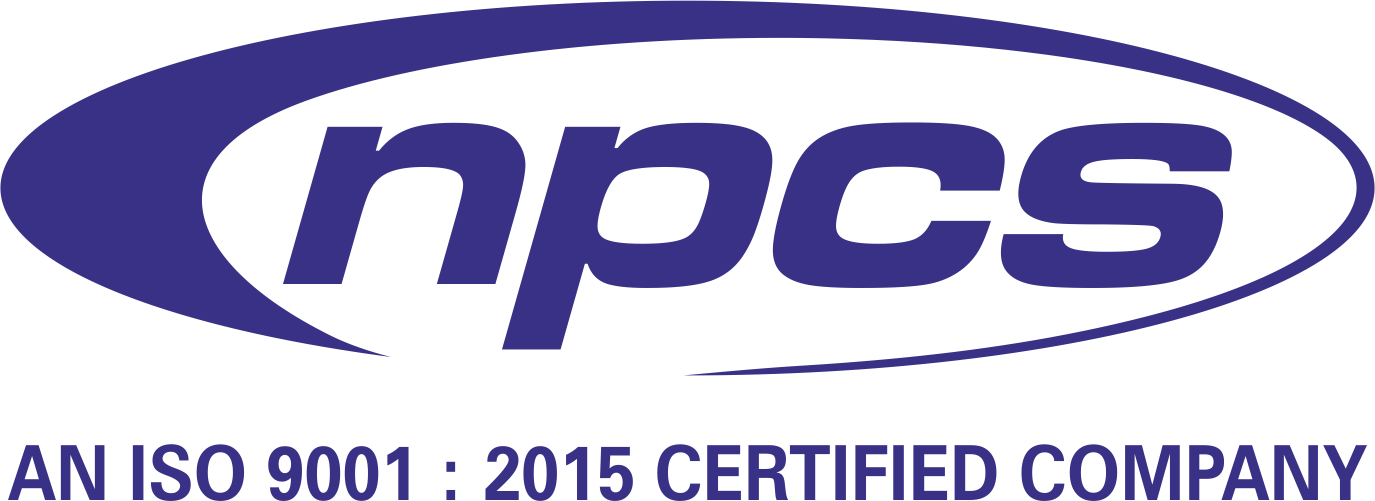For a lucrative and impactful business, try your hand at starting a medical equipment supply business in a very growing healthcare industry. With expanding demand for healthcare, theres an increasing need for high quality medical equipment. If youre an entrepreneur who wants to enter the healthcare field or, basically, if you have experience in the medical field, starting a medical equipment supply business provides plenty of opportunities for you to prosper.
In this step-by-step guide, we are going to cover the five steps you need to follow to start and scale a medical equipment supply business, including how to research the market, build strong relationships with suppliers.
Our Books
- Handbook on Fine Chemicals, Vitamins, Amino Acids and Proteins
- Investment Opportunity in Drugs & Pharmaceutical Projects
Conduct Market Research
Before launching a business, and especially so in which youre exploring the healthcare sector, it can be crucial to conduct some thorough market research. This will help you know what demand there is for several medical equipment suppliers in your target region and who the competition is.
Key Areas to Focus On During Market Research:
- Target Market: Know who are your potential clients hospitals, clinics, healthcare startups, individual practitioner or even government healthcare agency. Identify which kind of medical equipment they are in need of and identify the market gaps.
- Competitor Analysis: Find other suppliers of medical equipment in your local area. Look at their strengths, weaknesses, pricing and customer service. Find ways to separate your business from the rest.
- Healthcare Business Ideas: If you are interested in handling niche healthcare business ideas, ensure you turn your interest into a business by offering specialized medical equipment, supplying services such as repair and maintenance, or provide consultation for healthcare products.
It means you begin business with a solid understanding of whats sold and for how much, and how many are and arent!
Our Projects
Step 2: Develop a Business Plan
Your roadmap to success is your business plan. And they should outline your goals, strategies and financial projections. When creating your business plan, make sure to address the following:
Key Components of Your Business Plan:
- Executive Summary: Over the years, provide an overview of your business in the sense of what your medical equipment supply business does and how you want your organization to be understood by clients.
- Business Structure: Decide if you will be operating solo as a sole proprietorship, or if you will have some partnership where you have to split things up with someone, or you are incorporating as a corporation. Your taxes, liability and other legal ramifications depend on this choice.
- Products and Services: Decide exactly what you are going to supply with medical equipment. You may dedicate yourself to hospital grade equipment, diagnostic tools, surgical equipment, or even DME.
- Market Strategy: Talk about your sales and marketing, how you are going to market to health care start-ups and hospitals and other people who work in the medical field. Instead of this, consider digital marketing, attending the trade shows or even working with medical equipment suppliers.
- Financial Projections: Add in the startup costs and projected revenues, and also in the break even analysis. That will let you get a sense of whether your business is a financially viable one.
If you get any investment from the startup funding sources or make a base for your business, you will need a well-developed business plan.
Also Read:
- List of Profitable Business Ideas in Medical, Healthcare Industry. Opportunities in Health Care Sector for New Business Venture
- Medical Diagnostic Centre, Medical diagnosis Services, Pathology Laboratory, Medical Testing Laboratory, Diagnostic Medicare
Step 3: Register Your Business and Secure Licences
To run a medical equipment supply business, youll need to comply with the healthcare regulations and obtain the right licences. Healthcare sector is so regulated side and working with medical equipment is really a standard based work which is a really important part of it to be safe and to be of a good quality.
Licensing and Regulatory Requirements:
- Business Registration: Notify local authorities of your business. This may depending on where you live involve obtaining a business licence or registering for tax purposes.
- Medical Equipment Licences: Medical Devices and equipment in India need to be approved by the Central Drugs Standard Control Organization (CDSCO). Make sure you know the regulatory demands of your nation to get yourself the needed licences.
- ISO Certification: Many hospital and healthcare organizations find suppliers who abide by the international standard preferred. By obtaining ISO certification for the quality management, you’re able to gain the trust of your clients.
- FDA or CE Certification: In some cases, you may need to get approval by the Food and Drug Administration (FDA) or Conformity European (CE) for certain types of equipment if your target market is the EU.
It is important to get proper licensing and regulatory compliance when setting up credibility in the medical equipment industry.
Also Read:
Step 4: Establish Strong Supplier Relationships
But as a medical equipment supplier, you will need relationships with the reputable manufacturers and wholesalers. This helps you attract strong supplier partnerships, which you can use to offer your customers quality products and have them at competitive prices.
Tips for Building Supplier Relationships:
- Research Reputable Manufacturers: Check on manufacturers who have been producing good quality, reliable medical equipment. For medical device, suppliers should meet a global standard such as ISO 13485.
- Negotiate Terms: Make it clear on what payment schedule, delivery time and warranty to expect. You solve this by negotiating favourable terms which will help you manage cash flow and build a sustainable business.
- Supply Chain Management: An efficient supply chain helps you to get a timely delivery of the products. But by streamlining the way you manage your inventory and how you fulfil your orders, you can save costs and provide better customer service.
- Diversify Your Suppliers: Dont depend on one supplier. Having several suppliers guarantees that if any of your suppliers experiences delays or supply chain dysfunction, youll have backups.
Fuelling a stable supply chain is crucial to the success and consistency of quality and service levels in your medical equipment supply business.
Step 5: Marketing and Sales Strategy
To attract your customers and to generate revenue for your medical equipment supply business, it definitely needs a strong marketing and sales strategy. Your approach has to be in line with whatever big healthcare institutions or healthcare startups are essentially trying to achieve.
Effective Marketing Tactics:
- Build an Online Presence: Build a user-friendly website about your products, services, and business identity. Reach more people and build trust with prospective clients, having an online presence.
- Digital Marketing: Reach out to more people with SEO, social media platforms, and paid per click advertising. Being able to offer your valuable resources about healthcare business ideas and the equipment you sell will help you target healthcare professionals and institutions.
- Attend Healthcare Conferences: Join trade shows from industry, medical conferences, and events for networking. These venues enable you to meet with potential customers, suppliers and partners.
- Customer Referrals and Testimonials: Satisfy clients and get them to refer you or offer your company a testimonial. The good news is that positive word of mouth and customer reviews can help tremendously to increase your credibility and get new clients.
A well-thought-out marketing strategy would ensure you develop a dedicated customer base and also put your brand out there in the highly competitive healthcare sector.
Step 6: Financing Your Business
A starting a medical equipment supply business usually needs a major amount of capital. It will require money for initial inventory purchase, office space and operating expense. Financing for your business may come in several forms.
Startup Funding Sources:
- Bank Loans: A good alternative to getting loan from traditional bank is it can have collateral, good business plan.
- Angel Investors: Second, the seed level funding may come from angel investors who are willing to exchange some of their equity for the seed to get started.
- Crowdfunding: The sites offering such services include Kickstarter and Indiegogo, where your funds can be raised from the public. If your business has an angle thats unique, or if you have innovative products, this method is especially effective.
- Government Grants: Funding for healthcare related startups or small businesses is provided in some government programs. Once you have your local government, check out if you might be entitled to any grants.
Funding will make sure youre able to pay off the costs connected to the start of your medical equipment supply business and to help you grow your business.
Step 7: Focus on Customer Service and Relationships
When youre growing a business, building on client relationships is key to long term success. Customer service is one of the most important aspect of healthcare industry.
Best Practices for Customer Service:
- Provide Training: Train health care providers on how to use the equipments you supply them.
- 24/7 Support: Time is key to troubleshooting many pieces of medical equipment. One thing you can offer to show your customers that you care is customer support outside regular hours that will help build client trust.
- Follow-up Services: It provides maintenance, repair and replacement services to maintain customer satisfaction.
Providing exceptional customer service will not only keep clients but it will also be of benefit that you will be building a good reputation with the medical equipment supply industry.
Conclusion
Therefore, starting a medical equipment supply business must necessitate all kinds of planning and compliance with regulations and strong supplier relationships. To be successful in the thriving healthcare sector, you can set up a business by doing market research, putting together a good business plan and delivering quality and customer service.
Want more on how to get a healthcare business off the ground? Read NIIR Projects resources on healthcare business ideas and industry trends.







